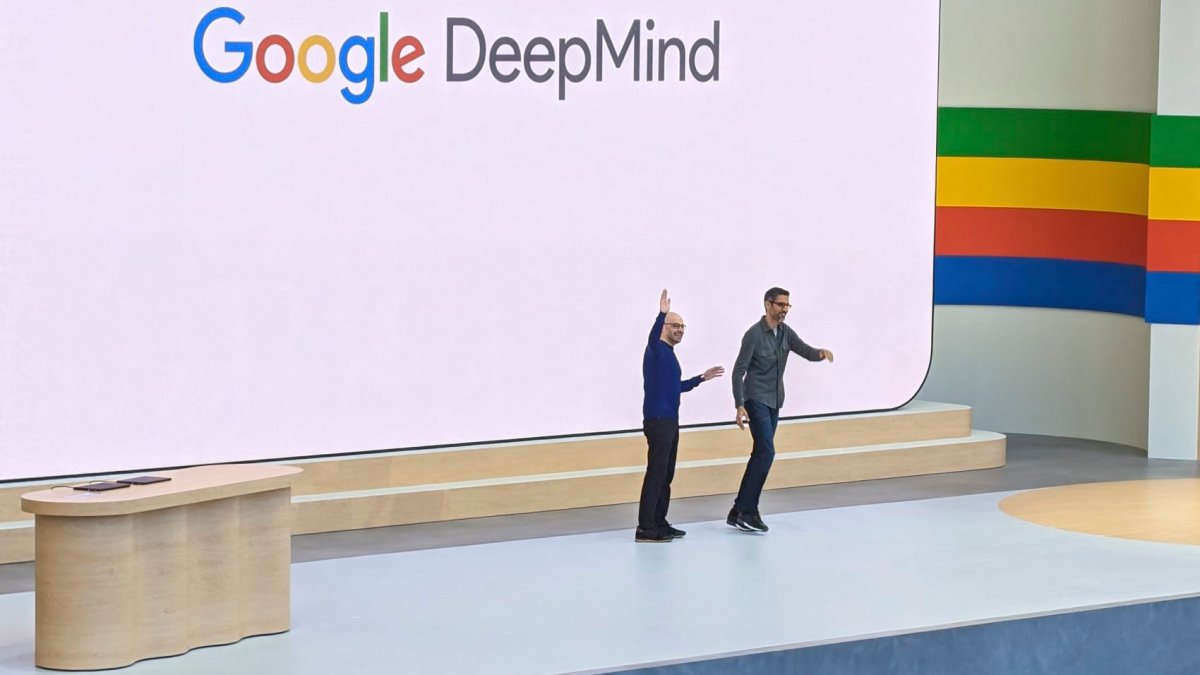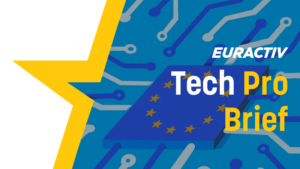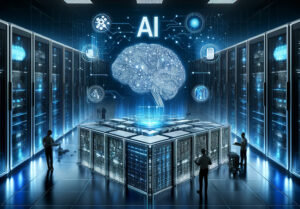DeepMind to Utilize AI Models for Physical Robot Development

Google DeepMind Unveils Advanced AI Models for Robotics
Google DeepMind recently launched two innovative AI models geared towards enhancing robotics capabilities. These models, Gemini Robotics and Gemini Robotics-ER (Extended Reasoning), operate on what Google refers to as its most advanced AI system to date, Gemini 2.0.
New Developments in AI-driven Robotics
Key Features of Gemini 2.0
- Capability Expansion: Unlike traditional generative AI that primarily produces text and images, Gemini Robotics extends its abilities into physical actions. This shift allows robots to perform real-world tasks through command execution.
- Partnership with Apptronik: Google has teamed up with Apptronik, a robotics firm from Texas, to develop next-generation humanoid robots using Gemini 2.0 technology. This partnership reflects Google’s commitment to apply its AI advancements in practical and dynamic settings.
Demonstration of Capabilities
In various demonstration videos, robots powered by Gemini models performed simple yet impressive tasks. Some of these included:
- Plugging devices into power outlets
- Packing lunchboxes
- Moving and organizing plastic vegetables
- Zipping up bags upon receiving verbal commands
Although Google has shown off these capabilities, it has not provided a specific timeline regarding the public availability of this technology.
Essential Qualities for Robotics AI
Google emphasizes that for AI models to be effective in robotics, they must possess three main qualities:
- General Adaptability: The robots need to adjust to various situations and environments.
- Interactive Capability: They should quickly understand and respond to instructions, making them flexible in real-time scenarios.
- Dexterity: The robots must mimic human hand movements and capabilities to handle objects with precision.
Gemini Robotics-ER: A Foundation for Development
The Gemini Robotics-ER model is designed specifically for developers in the robotics field. This foundation allows them to create customized models tailored to their particular needs. Companies like Agile Robots and Boston Dynamics are among the "trusted testers" set to explore applications of this AI model further.
Broader Trends in AI and Robotics
Google is not alone in exploring AI applications in robotics. Other major players are also making significant strides:
- OpenAI’s Investment in Robotics: Recently, OpenAI invested in a startup called Physical Intelligence, which is centered on integrating general-purpose AI into robotics workflows. This aligns with their larger mission to develop extensive AI models for practical uses.
- Hiring for Robotics Expertise: OpenAI has brought on experts from other technology firms to spearhead their robotics initiatives. This reflects a growing industry trend where established AI companies are aiming to strengthen their robotics divisions.
- Tesla’s Entry into Humanoid Robotics: Tesla has also ventured into this fast-developing field with its Optimus robot, showcasing advancements that could redefine household and commercial robotics.
Insights from Google’s Leadership
Sundar Pichai, CEO of Google, expressed that robotics serves as an ideal testing environment for AI’s practical applications. He noted the potential for robots to leverage multimodal AI capabilities to make real-time adjustments and adapt to their surroundings effectively.
This integration of AI and robotics stands to transform how we interact with machines, moving beyond basic functions to sophisticated, human-like behavior. As companies like Google and Apptronik forge ahead, the landscape of robotics is set for exciting changes in the coming years.






